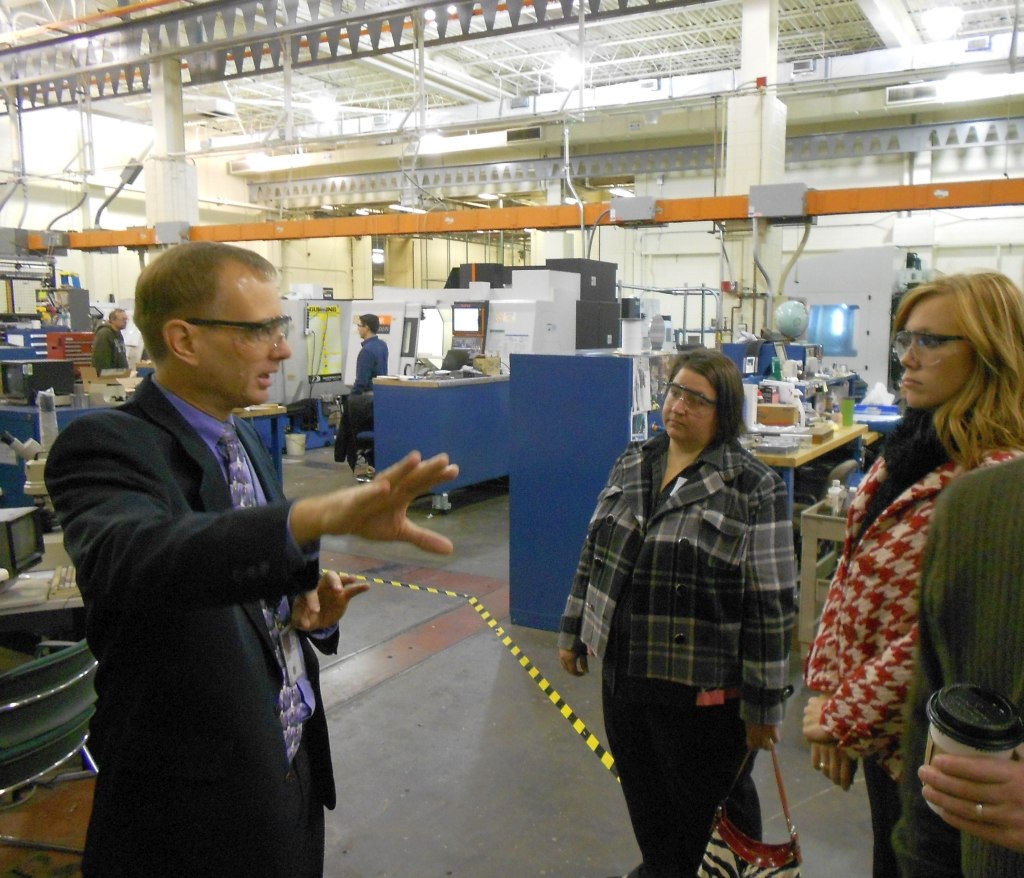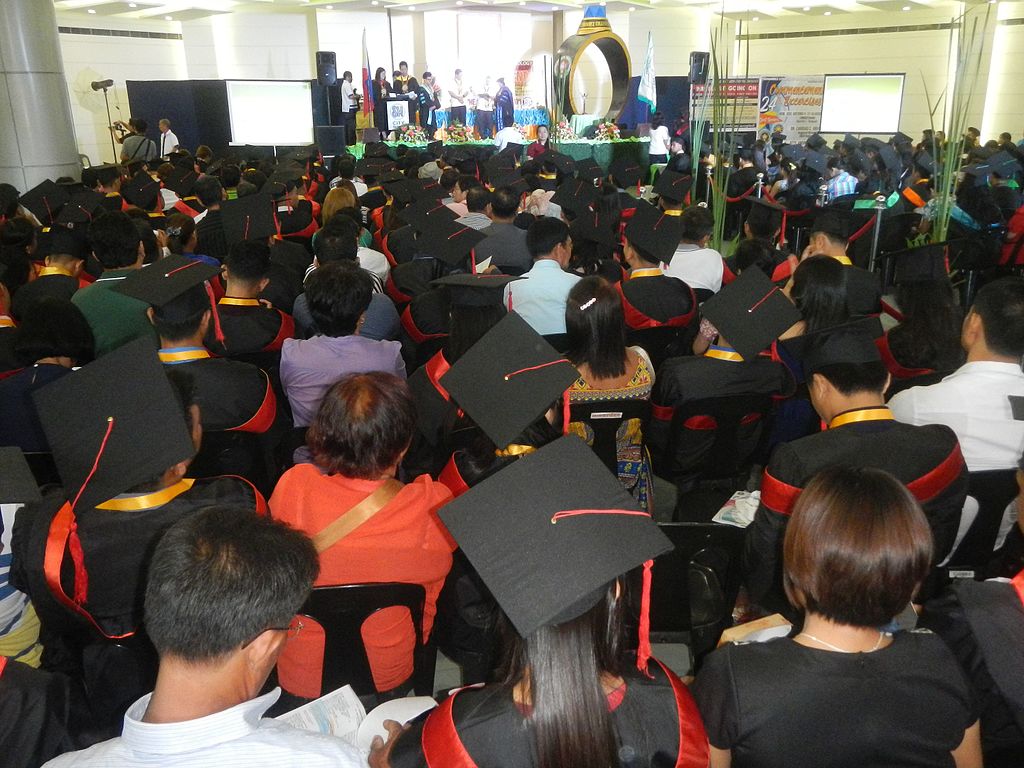As the technology for unmanned aircraft, or drones, continues to advance, industries such as real estate, film and media, military and government agencies regularly use drones to complete specific tasks.
The advantages of using drone technology include increased productivity, decreased injuries, time savings and reduced labor costs.
So how do commercial businesses, military and government agencies utilize drone technology?
Five practical uses for drones include aerial photography, disaster management, crop monitoring, intelligence gathering and storm watching.
Aerial Photography
Real estate developers, film crews, journalists and other media outlets use drones to capture live images of locations and events from the sky. From this vantage point, drones can document events in real-time and provide panoramic views of urban and rural locations, developed and undeveloped land, etc.
Depending on the drone model and type, operators rely on hand-held remote-control devices or smartphone apps to control the drone.
In the past, aerial photography involved equipping a plane with cameras or taking a group of photographers into the air so they could take pictures.
Expensive, time-consuming and dangerous for those on-board, aerial photography required many hours of painstaking work to photograph objects and scenery that a drone can now capture within minutes.
Disaster Management
Locations that experience natural and humanmade disasters such as earthquakes, hurricanes and tornadoes, floods, wildfires and explosions often require immediate attention to rescue survivors, tend to the injured and survey the land to ensure that it’s safe for medical personnel and others.
Using drones, disaster management teams can quickly assess disaster areas without putting medical and safety personnel at risk while pinpointing which areas need urgent aid. Drones can also help determine the best travel routes by alerting management teams of washed-out roads, fallen trees and other obstacles that could hinder rescue efforts.
Disaster management teams can also use drones to deliver medical supplies, food and water to those trapped in remote locations. Using drones to replenish medical supplies allows medical teams to tend to the injured without interruption.
Crop Monitoring
Crop monitoring requires constant checking and rechecking to ensure crops have enough water, fertilizer, sunlight and protection from insects and animals to grow healthy and strong. In the past, farmers hired people to walk through the fields to determine what crops would need daily.
Daily crop monitoring on foot is almost impossible, especially for large plots of land.
Drones ease the burden of crop monitoring in many ways. Farmers can quickly and easily send out drones to provide real-time images of specific sections. Rather than having to wait hours for reports from those on the ground, farmers can access their crops in minutes to determine immediate needs.
In addition, farmers can better predict when crops are ready to harvest.
Unmanned aircraft can also spot insect and animal activity, broken fences, floods and other issues quickly so farmers can get to those areas and make the necessary repairs.
Intelligence Gathering
Militaries use drones to gather intelligence on the activities of civilians and other military outfits. Drones provide images of hard-to-reach places, difficult terrain and densely forested areas.
Sending people into dangerous or unfamiliar locations can cause injury, loss of equipment and ruin the element of surprise. Drones help militaries learn more about an area so they can better assess the dangers of sending teams and equipment.
Images that drones provide help intelligence personnel identify specific people and alert them to equipment and weaponry in the area. These images also help personnel plan ground and rescue missions.
Storm Watching
Understanding how an upcoming storm will move, how much it will grow and how much potential damage it may cause can help those in specific areas prepare. Storm chasers use drones to capture images from within a storm system. These images help predict the storm’s size and strength.
Drones help keep storm chasers and others safe when documenting storm activity. Because tornadoes, hurricanes and large storm systems are dangerous and unpredictable, using drones keeps people at a safe distance when gathering information.



